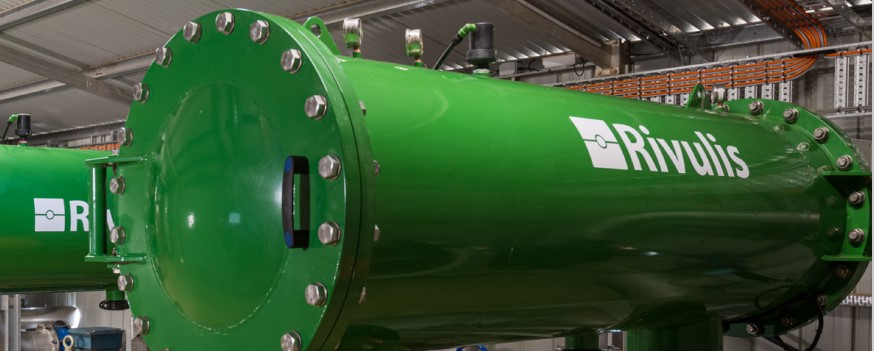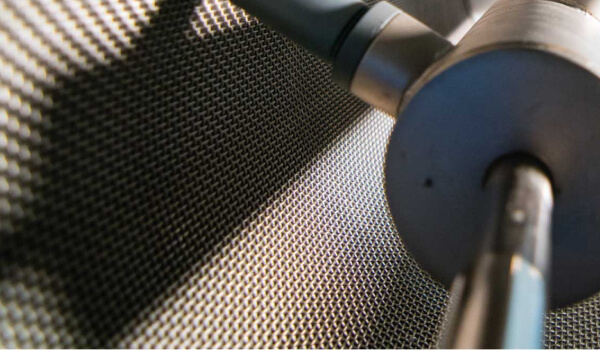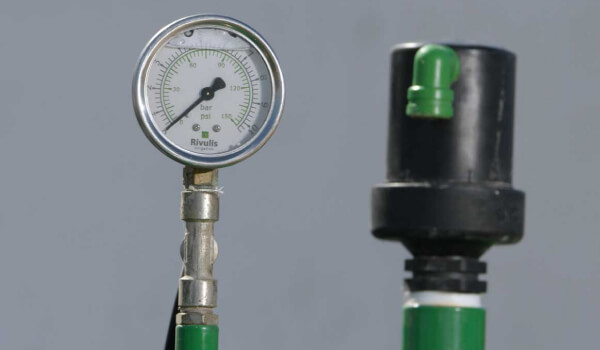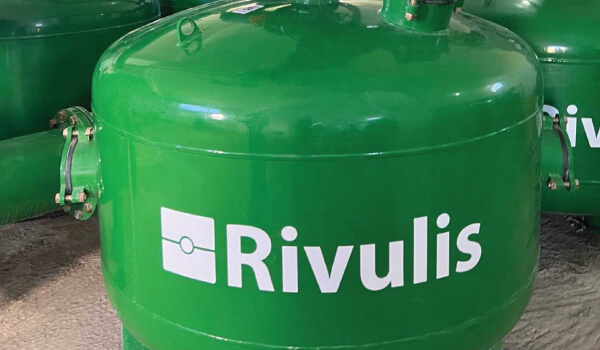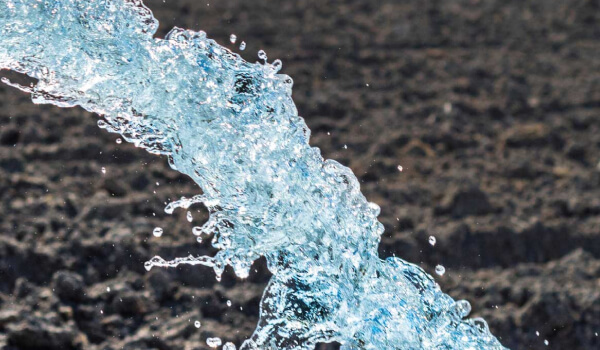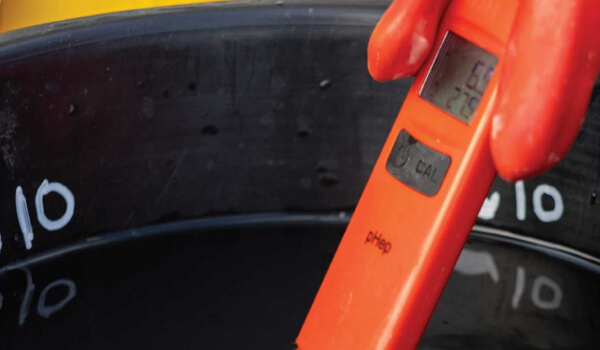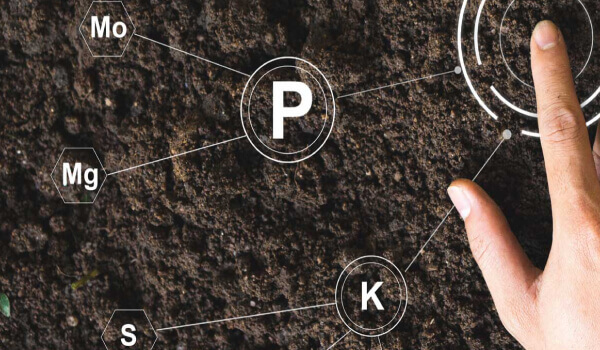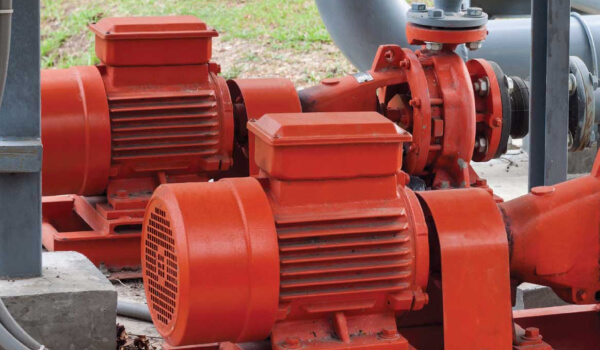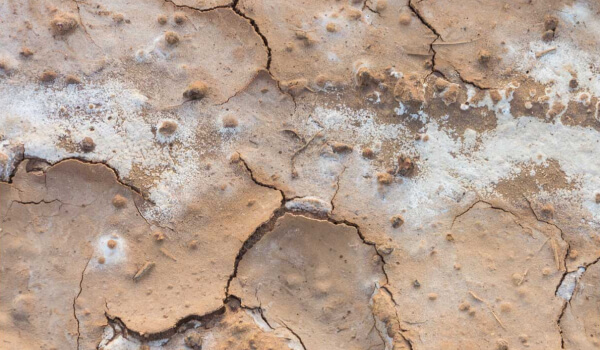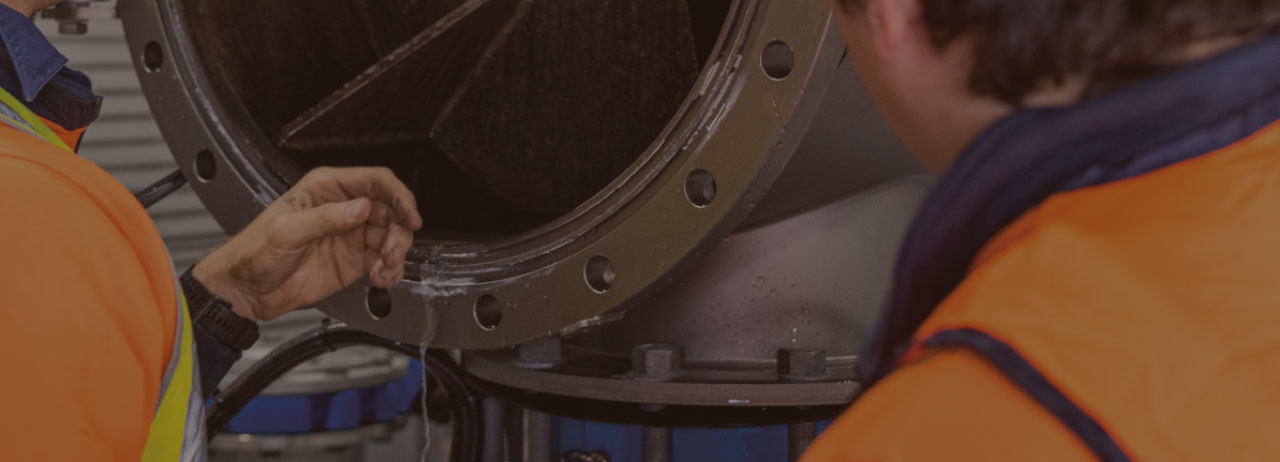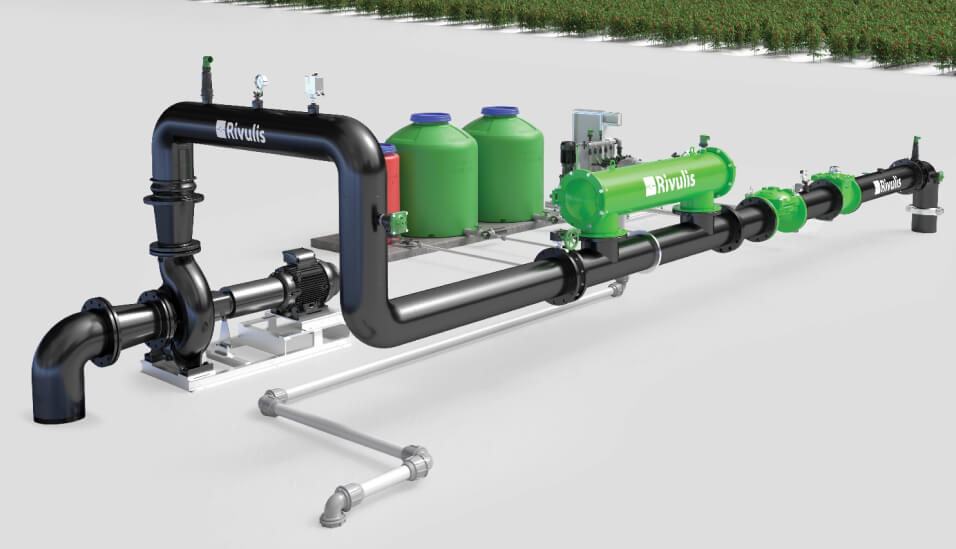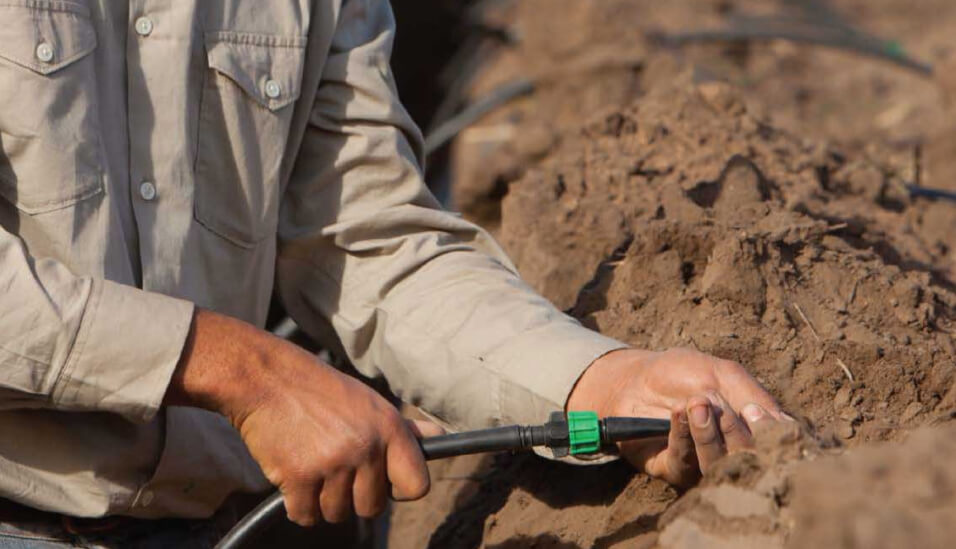How to calculate the total acid injection quantity according to the injection period
We want to know how much acid to dilute into the operational tank that feeds the injection pump.
To do this you need to know:
- the flow rate of the fertigation injection pump per hour
- the flow rate of the irrigation system per hour
- the number of hours of injection required
- the required concentration of acid in the irrigation water (the previous formula).
Steps
1. [flow rate of the irrigation system per hour] x [the number of hours of injection required] = the total volume of water to be treated
2. [total volume of water to be treated] x [the concentration of acid required (the quantity of acid that you calculated you need per m3 (gal) from the bucket test)] = the total volume of acid required
3. [the flow rate of the fertigation injection pump per hour] x [the number of hours of injection required] = the total volume of mixture to be injected by the pump
Of this mixture, we need to know how much is acid, and how much is water.
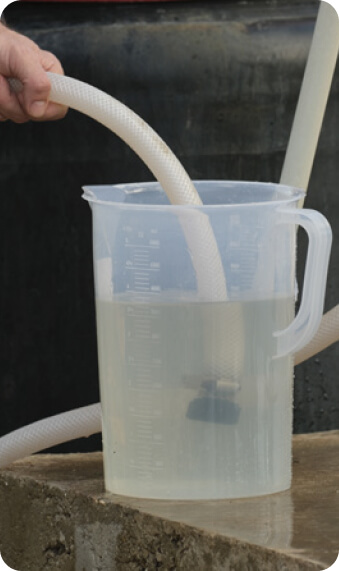
4. [total volume of mixture to be injected] – [total volume of acid required] = the amount of water that needs to be mixed with the acid into the operational tank to be injected.
IMPORTANT:
Acid must be added to the water. NEVER add water to acid. If water is added into acid, an exothermic reaction will occur, which may boil the water and produce a vapor that is very dangerous.
Example
Scenario
- Results of acid calibration bucket test: show that 15 ml (0.5 oz) of acid/10 liters (2.5 gallons) is needed of water to lower the level to pH 2
- Irrigation system flow rate test: 60 m³/h (264 gpm)
- Injection time: 0.5 hours
- Injection pump: with injection capacity of 720 liters/hour (190 gal/hr)
Metric Measurements
Calculations for total volume of acid to be injected
1. Acid/m³: 15 ml/10 liters = 1.5 ml/liter
2. Multiply by 1,000
3. = 1,500 ml (1.5 liters) of acid required per m3 (1,500 ml per m3)
4. Total volume of water to be treated in 0.5 hr: 60 m³/h x 0.5h =30m³
5. Total volume of acid to be injected: 30 m³ x 1.5 liters = 45 liters of acid to be injected
Calculations for rates of injection and dilution
1. Total volume of water to be treated: 30 m³ (0.5 hr)
2. 720 liters/hour injection capacity of the pump multiplied by the injection period (0.5 hour) = 360 liters total volume of mixture to be injected
3. Take the total volume of mixture to be injected (360 l) and subtract the concentrated acid (45 liters) = 315 liters of water to be mixed with the acid in the operational tank
4. As such, there will be 45 liters of acid and 315 liters of water that is injected. As the calculation was made at the injection capacity of the pump, the 360 liters of acid + water mixture (being 315 l of water and 45 l of acid) will be fully injected over the target 30 minutes.
US Measurements
Calculations for total volume of acid to be injected
1. Acid per gallon: 0.5 oz / 2.5 gal = 0.2 ounces per gallon
2. Total volume of water to be treated in 30 minutes: 264 gpm x 30 min = 7,920 gal
3. Total volume of acid to be injected: 0.2 oz per gal x 7,920 gal) = 1,584 ounces of acid to be injected. 1,584 oz / 128 oz per gal = 12.4 gallons of acid
Calculations for rates of injection and dilution
1. Total volume of water to be treated: 7,920 gallons (in half hour)
2. 190 gal/hour injection capacity of the pump multiplied by the injection period (0.5 hour) = 95 gallons total volume of mixture to be injected
3. Take the total volume of mixture to be injected (95 gal) and subtract the concentrated acid (24.75 gal) = 70.25 gal of water to be in the mixture
4. As such, there will be 24.75 gallons of acid and 70.25 gallons of water that is injected. As the calculation was made at the injection capacity of the pump, the 95 gallons of acid + water mixture (being 70.25 gal of water and 24.27 gal of acid) will be fully injected over the target 30 minutes.


